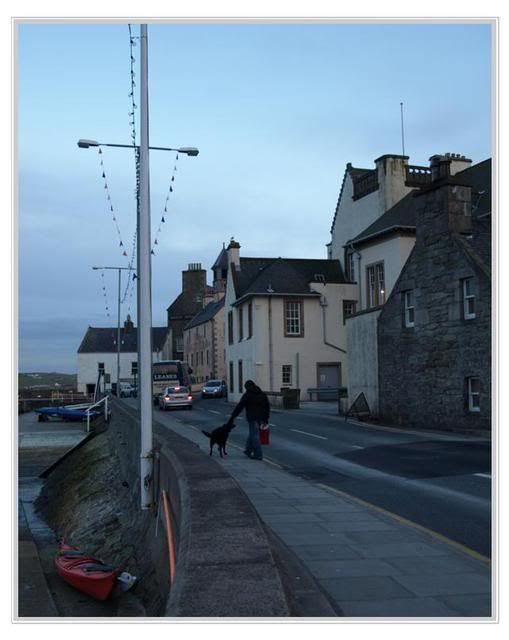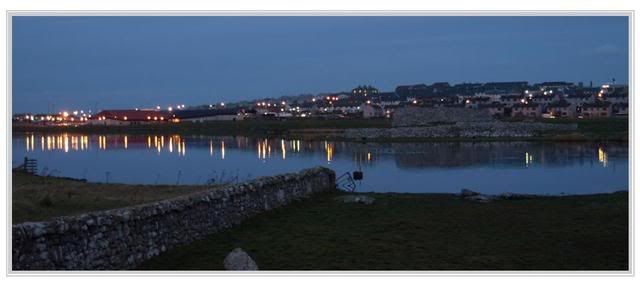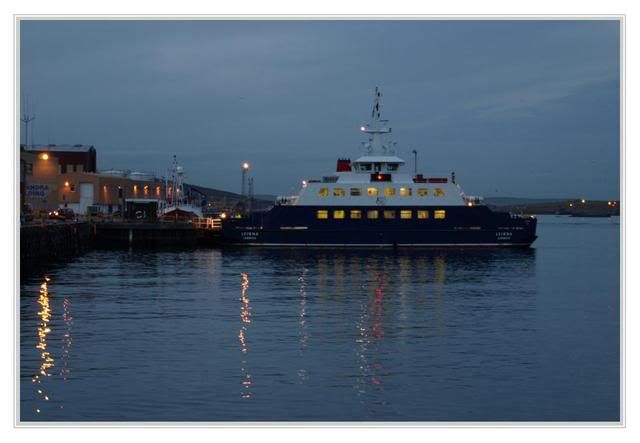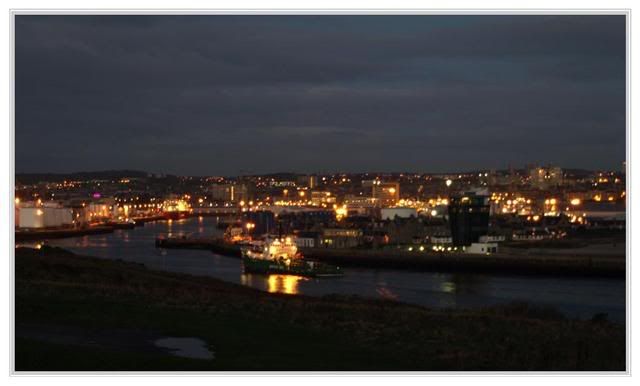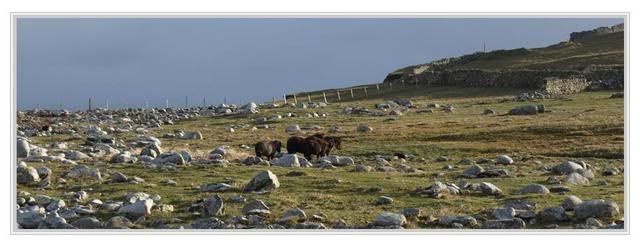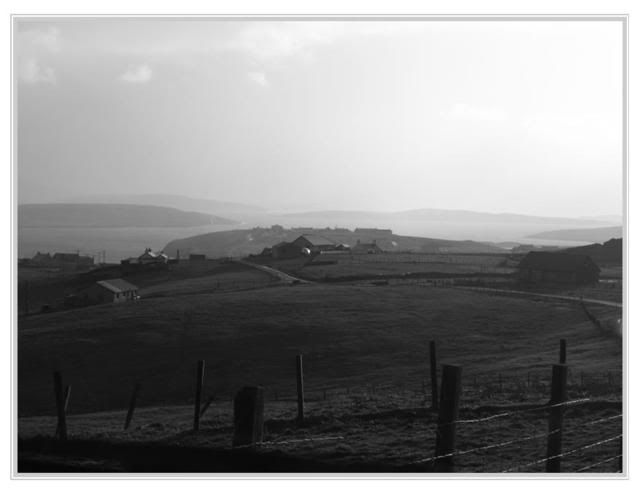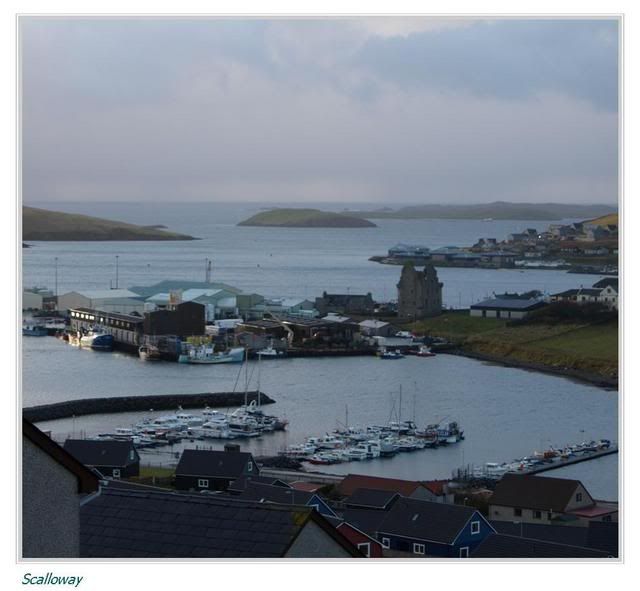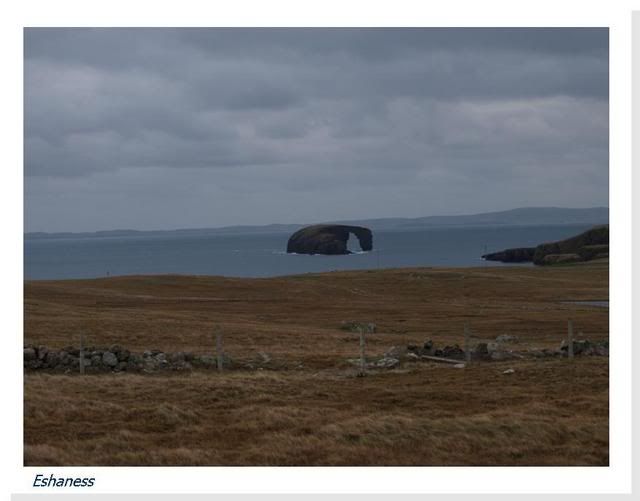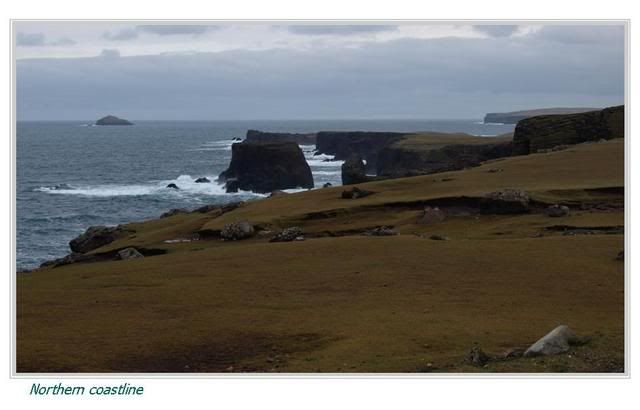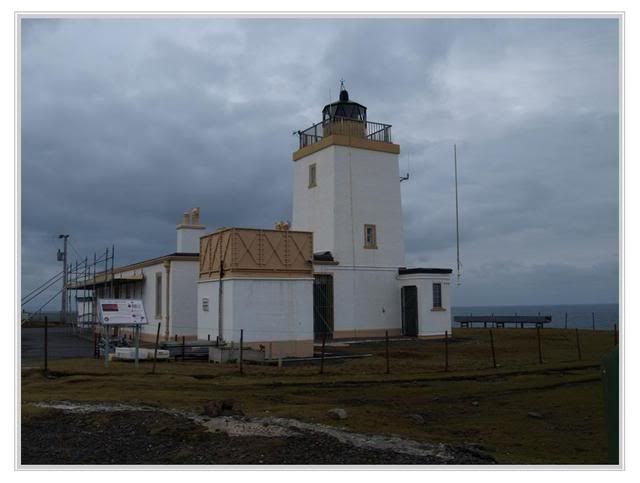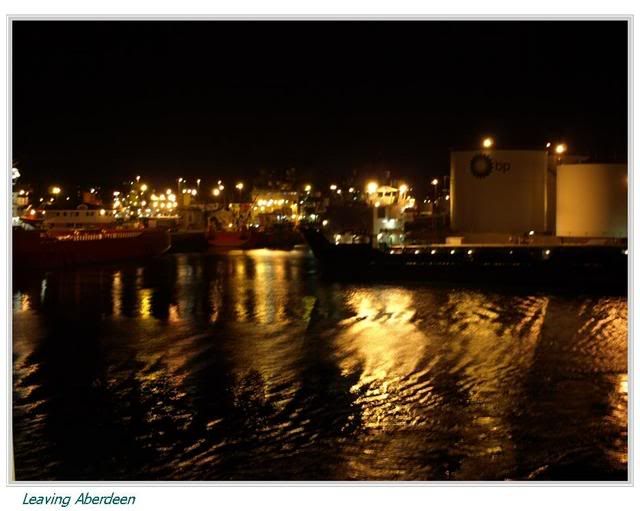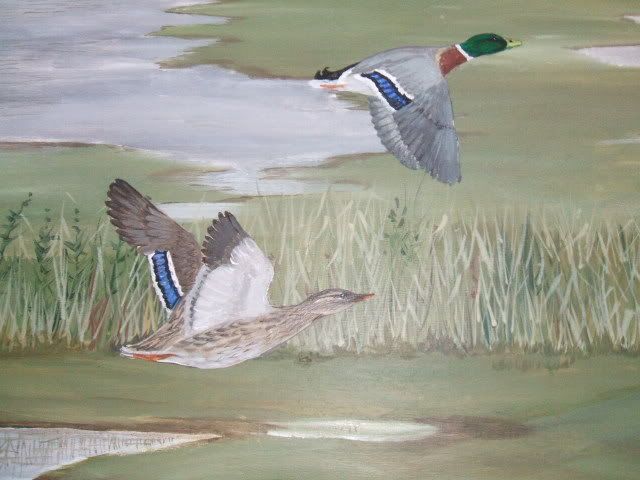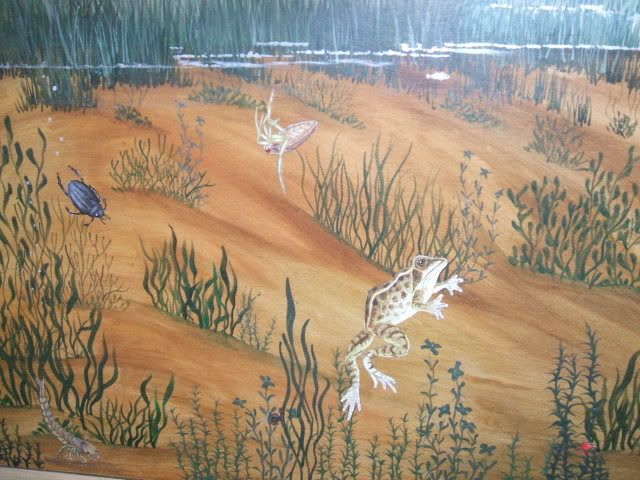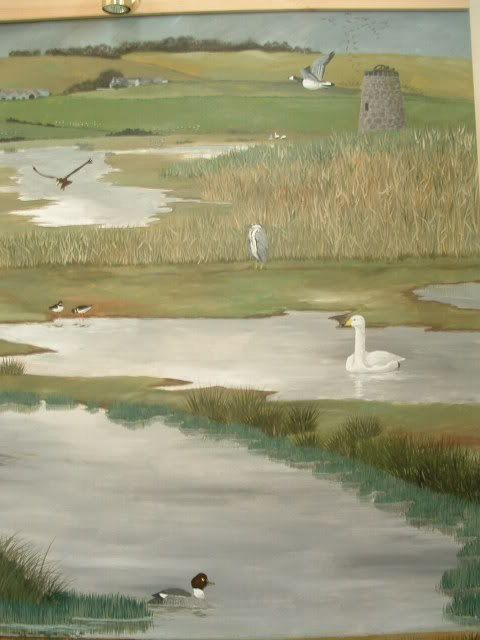The canal network stretches throughout the heart of England, and used to carry much of the country’s goods. After years of neglect, enthusiasts have managed to restore much of the system, and it now carries a different cargo – holidaymakers. Amongst whom, this summer, were a motley collection – Mum, Brother, the Temporary Dog, the Temporary Dog’s real owner, and your humble correspondent. One week, four people, a singularly unenthusiastic dog, 95 miles, 93 locks, and one lost foot of height.

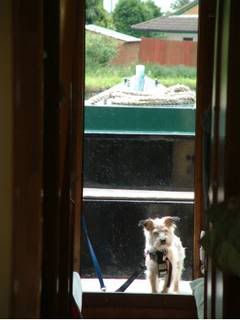 bargedog, but not by choice....
bargedog, but not by choice....
With a canal holiday, you book the boat, take food, and plan your route day by day, aiming for a reasonably accessible pub in which to spend the evening. Fortunately this is not hard! You can’t go fast – around 4 miles an hour (partly to protect the banks from erosion, and partly to prevent the poor souls in boats that are tied up from being thrown around too much!) Locks take around the same time as a mile of travel, so you calculate in ‘lockmiles’. Going through a lock is an interesting procedure – and can be a little Edgar Allen Poe-ish….
On Being Locked Up.
Half-ton gates slam behind me. Dank, slime-covered stones rise above my head, mosses and liverworts dripping coldly down my neck as I turn to see what’s coming.
Somewhere above me, there is a clanking as hidden doors are opened; water starts gushing into the narrow chamber. I am thrown forward and backwards by the torrent, fighting to hold my position and stop myself being hurled against the gates by the water’s force.
I rise on the flood to the top of the chamber, into sunshine now, and engage forward gear. The gates ahead open - we’re clear of the lock.
You get the picture?
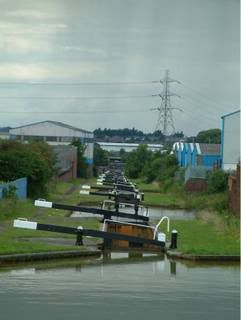 Ryder's Junction
Ryder's Junction
The boat is easy-ish to handle – you have to remember it’s around 60 feet long and turns like a brick, and although it has a very shallow draught, sometimes the canal is even shallower….OK, we got stuck a few times, and had to resort to pushing off with a long pole, but that’s why they give you a long pole in the first place! There were some stretches of canal that were better kept than others, too – navigation by means of avoiding sofas, shopping trolleys and children’s bicycles – and I hereby warn all those who venture onto the waterways to avoid the Wyreley and Essington (otherwise known as the Curley Wyreley) unless you have a particular fondness for stopping every half mile to unload the weed hatch….. a singularly unpleasant business where one halts the boat, vanishes under the rear deck-plates, unscrews the hatch lock, and goes headfirst down the subsequent hole with one’s arms in freezing water, groping around the propeller to disentangle a variety of substances, from weed to rope to angler’s line to plastic herons and thorny twigs……
Other stretches were pure delight, with kingfishers, wagtails, and shoals of fish darting amongst the weeds, and it was a simple joy to hang over the side and watch the world drift past below your fingertips, interrupted only to note what new bank vegetation the current helmsperson had just dragged you through!

So why pick on Birmingham?
In truth, it was the revelation of the trip. There are more miles of canals in Birmingham than in Venice, and waterways thread their way through the heart of the city, looping around, though and under the buildings.
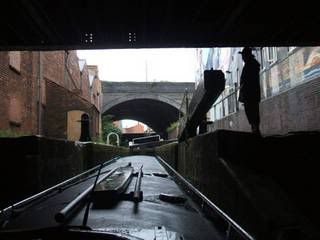
It is a very weird feeling to be climbing through a series of locks that lie beneath a building under construction, or to sail past a restaurant that lies between locks – knowing that on the up-lock side, the restaurant wall holds back millions of gallons of water…

There are odd places down there, under the city. Urban mythology lies in wait. Under the Telecom tower, beside the canal, there is a wide area of gravel, beyond which is a wall, with a series of openings. Each opening has a gate of wrought iron, each with a different design. It’s not hard for the imagination to see these as holding pens for trolls, or as merchants’ market stances, waiting for the late night secret market where rare, dangerous, and esoteric items are bought and sold…..
To rise from a series of locks into a narrow gap between buildings, windowless faces staring blankly high above your head, to find a vast, colourful mural depicting the history of the canals in the city – just for your delight – is a reassurance that there are still people to there who understand the fun of the unexpected and unnecessary. At night you tie up (for free!) in the heart of the city, not far from the Indoor Arena, in the upmarket waterfront yuppie-zone, adjacent to pubs, clubs and café-culture.


Then the following morning you set off and find yourself somewhere under Spaghetti Junction, in an alternate – maybe parallel – world where there are thundering juggernauts overhead, and slow, peaceful waterways below, and below that, a river or a forgotten road.

Fishermen know these places, and keep them to themselves. Locking-down, you suddenly realise that the sheet of metal to the side of the lock and towpath is a motorway sign. An aqueduct carries you along beside the M6. Do the drivers, rushing to work, caught up in the frenzy of meetings and time-keeping, ever notice the slow-boat-people?
And the lost foot of height? Well, I did the research afterwards, and found we'd gone UP 309 feet in height, and DOWN 310 feet.... so am I now living a foot below everyone else?
Thanks again to my brother for some of the photos...






